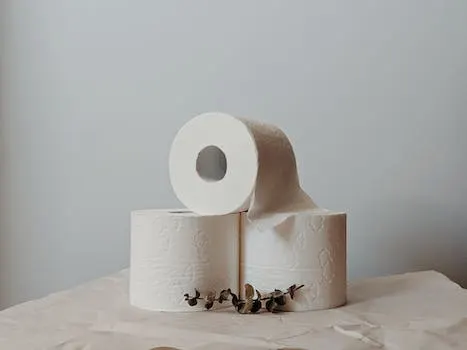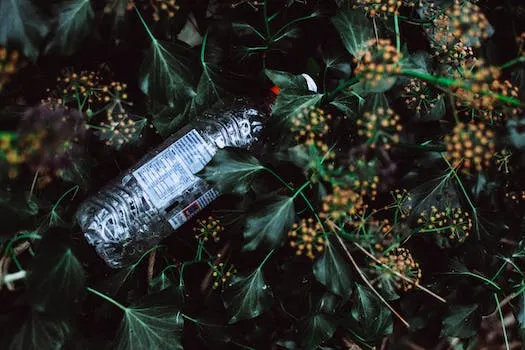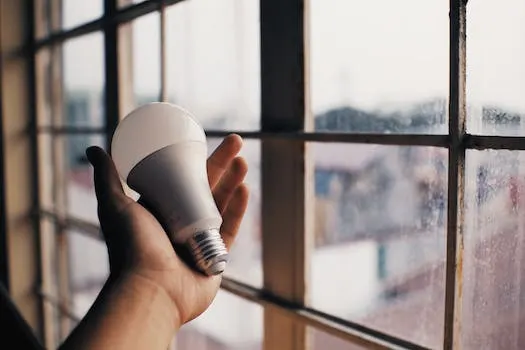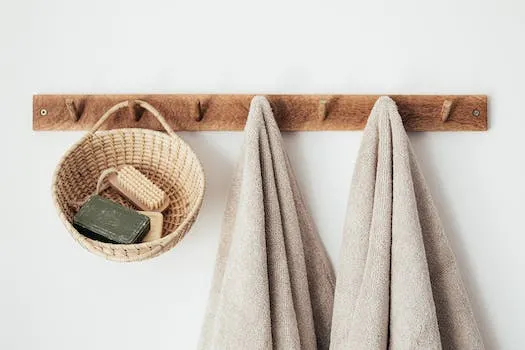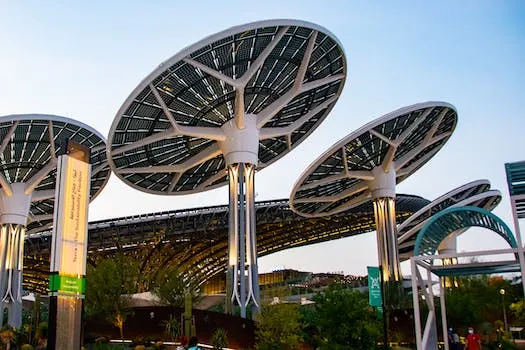
The Most Common Eco-Friendly Cat Litter Materials
When it comes to eco-friendly cat litter, there are several materials to choose from. Each material has its own pros and cons, so it's important to take a look at each one before making your decision. Corn cat litter is a popular environmentally-friendly option due to its biodegradable and compostable nature. However, sodium bentonite clay used for clumping is derived from strip mining which makes it not very environmentally friendly and can take up a lot of space in landfills. Corn cat litter is made from whole kernel corn which is renewable and biodegradable making it a better choice for the environment compared to other materials like clay or silica gel crystals. The best types of non-toxic cat litter are plant-based litters made using materials like corn, wheat, wood or paper as these are more sustainable than traditional litters made with synthetic ingredients. When choosing an eco-friendly cat litter product for your pet, consider factors such as absorbency and odor control as well as flushability if you plan on disposing of the used litter in this way. Ultimately, always choose the product that suits your pet's needs best while also being mindful of environmental impact when possible.
Wheat Litter
Wheat litter is an eco-friendly alternative to traditional clay litters, made from wheat straw, a renewable and sustainable resource. It has a similar texture to clay litter but is much lighter and dust-free. Wheat litter also clumps well, making it easy to scoop. The downside is that it's more expensive than traditional clay litter and doesn't last as long. Additionally, it can be tracked around the house more easily.
In contrast to traditional clay litters which are mined through strip mining, wheat and corn litters are Biodegradable and compostable so they don't need to end up in landfills. This pelleted product uses red winter wheat grass which can absorb liquid and bond nitrogen to reduce ammonia odors. Biodegradable cat litters are made of renewable products such as rolled-up paper, peanut shells, pine chips, wood sawdust or wheat straw with no added chemicals or fragrances.
Although Grain litters offer many benefits for cats and their owners alike there are some drawbacks that should be considered before purchasing them; they may attract bugs or rodents if not stored properly as well as mold or bacteria anywhere in the production process up until distribution stage. To ensure your cat's safety always check the label for any potential allergens before buying this type of litter product!
Corn Litter
Corn litter is an eco-friendly cat litter option made from corn husks, a renewable and sustainable resource. It's biodegradable and doesn't contain any chemicals or fragrances, making it a great choice for those looking to reduce their environmental impact. The texture of corn litter is similar to traditional clay litters, but it's much lighter and dust-free. It also clumps well, making it easy to scoop up after your cat has used the box. However, one downside of corn litter is that it can be more expensive than traditional clay litters and doesn't last as long. Additionally, because of its light weight, it can be tracked around the house more easily than other types of litter.
Beth Anne's Finest offers 100% biodegradable corn-based cat litter that does not involve harsh collection methods such as silica litters which are highly absorbent but can be dangerous if ingested in high enough quantities. World's Best Cat Litter uses only natural corn with no added chemicals and is 99% dust-free so there are no worries about silica dust exposure for cats or humans alike. Garfield Litter takes things a step further by using dehydrated cassava and corn with no added chemicals or fragrances for an all-natural product that still clumps well when wetted by your pet’s urine or feces. Finally, while dust-free natural corn litters come in clumping varieties they may not always be as soft on your pet’s paws as other types of eco-friendly cat litters so you may want to consider this before purchasing any natural or eco-friendly cat products made from this material.
Wood Pellet Litter
Wood pellet litter is an eco-friendly alternative to traditional clay litters. It is made from compressed wood sawdust, usually pine or cedar, and doesn't contain any artificial fragrances or chemicals. The texture of wood pellet litter is much finer than clay and it clumps well, making it easy to scoop. It's also dust-free and won't track around the house as easily as clay litter can. The downside to wood pellet litter is that it's more expensive than traditional clay litter and doesn't last as long. However, its biodegradable nature makes up for this in terms of sustainability. Wood pellets are a great choice for those looking for an environmentally friendly cat litter option that still offers excellent odor control and clumping capabilities.
Paper Litter
Paper litter is an eco-friendly option for cat owners looking to reduce their environmental impact. It is made from recycled paper, making it biodegradable and free of any chemicals or fragrances. The texture of paper litter is much finer than traditional clay litters, which can be tracked around the house more easily. Additionally, it is dust-free and clumps well for easy scooping. However, paper litter does come with some drawbacks; it tends to be more expensive than clay litters and doesn't last as long. Furthermore, it can also be tracked around the house more easily than clay litters.
Paper cat litter offers a number of benefits that make it an attractive choice for eco-conscious pet owners. It's lightweight and biodegradable, meaning that its production won't harm the environment or increase your ecological footprint. Additionally, many formulas offer 7-day odor control and absorb anywhere from 200% to 500% their weight in liquid—making them highly absorbent compared to traditional clay litters. Paper cat litter may also contain recycled newspapers or pallets which may form clumps depending on individual formulas; however this will affect its absorbency and odor control capabilities as well as its price point when compared to other types of cat litter materials available on the market today.
Overall, paper cat litter provides a great eco-friendly option for pet owners looking to reduce their environmental impact while still providing their cats with a comfortable place to do their business without having to worry about unpleasant odors or tracking issues associated with traditional clay litters.
Conclusion
When it comes to choosing an eco-friendly cat litter, there are several materials to consider. Wheat, corn, wood pellet and paper litters are all biodegradable options that don't contain chemicals or fragrances. Wood pellets last the longest and control odors well, while paper litters are made from recycled paper products like newspaper or cardboard and have good odor control. Wheat and corn litters are also absorbent but may not last as long as other types of litter. No matter which type of litter you choose, it's important to remember to properly dispose of your cat's waste in an eco-friendly way for maximum environmental benefit.
When considering the pros and cons of each type of eco-friendly cat litter material, Wood pellets stand out as a great option due to their long lasting nature and excellent odor control capabilities. Paper litters also offer good odor control but may not be as absorbent or last as long as wood pellets do. Wheat and corn litters provide good absorption but may not be able to handle strong odors for extended periods of time like some other materials can. It is important to remember that no matter which type you choose, proper disposal is key for maximum environmental benefit from your choice in cat litter material.
We have listed six non-tracking cat litters on the market with features such as biodegradability, chemical free ingredients, fragrance free formulas along with their pros and cons so you can make an informed decision when selecting a product for your feline companion’s needs. Ultimately the safest choice for cats humans and the environment is a biodegradable material such as wheat or paper based litters that will break down naturally over time without releasing any harmful toxins into our environment or endangering wildlife habitats near landfills where traditional clay based products would end up after being disposed off improperly by pet owners who don’t understand how dangerous these products can be if they aren’t disposed off correctly according to local regulations set by municipalities across North America .
